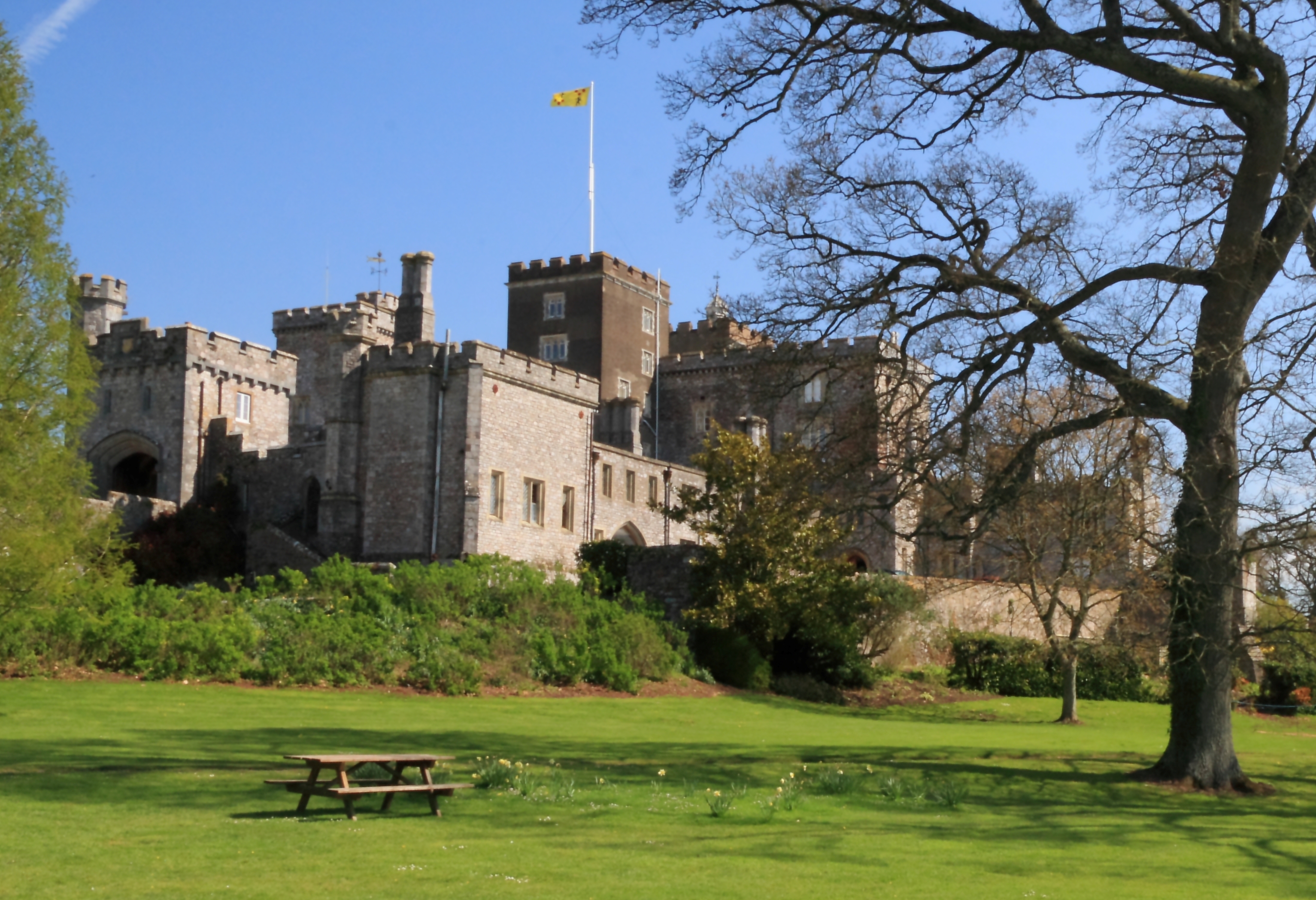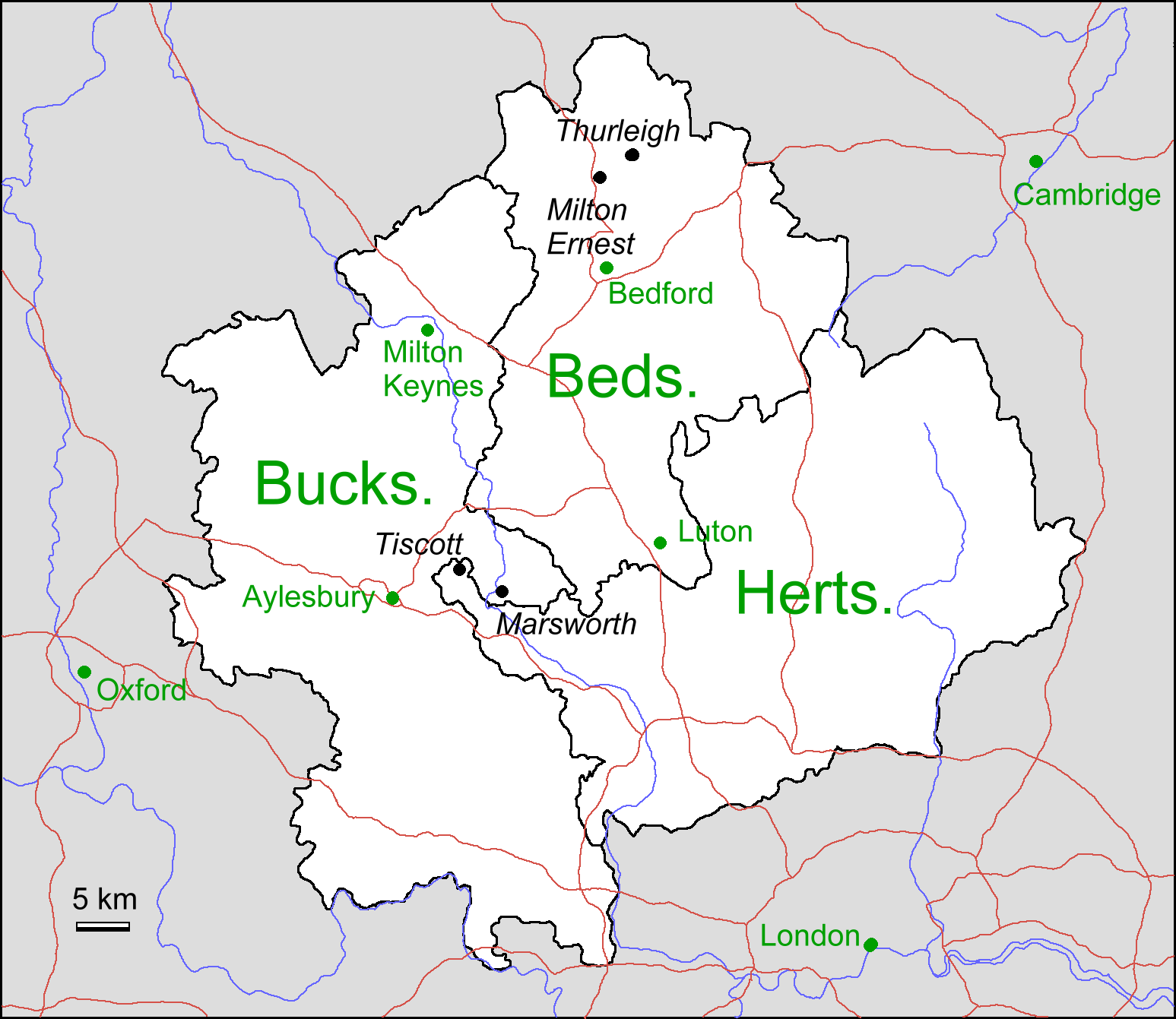|
Devon Heraldry
The landed gentry and nobility of Devonshire, like the rest of the English and European gentry, bore heraldic arms from the start of the age of heraldry ''circa'' 1200–1215. The fashion for the display of heraldry ceased about the end of the Victorian era (1901) by which time most of the ancient arms-bearing families of Devonshire had died out, moved away or parted with their landed estates. In the 21st century, a very few ancient families remain in the county represented by direct male descendants, including Courtenay of Powderham, Fulford of Fulford, Kelly of Kelly, Cruwys of Cruwys Morchard, Clifford of Chudleigh, Acland of Killerton and Broadclyst, Wrey of Tawstock. A few ancient Devon estates are still owned by descendants via female lines, for example Castle Hill, Filleigh, Molland, Incledon, Braunton, Hall, Bishop's Tawton, Newnham Park. In most cases, the laws of English heraldry preclude the transmission of paternal arms via a female heiress (other than in ... [...More Info...] [...Related Items...] OR: [Wikipedia] [Google] [Baidu] |
Wrey Baronets
The Wrey Baronetcy, of Trebitch (modern: Trebeigh Manor, St Ive, 4 miles NE of Liskeard) in the County of Cornwall, is a title in the Baronetage of England. It was created on 30 June 1628 for William Wrey (d.1636), 2nd son of John Wrey (died 1597) of Trebeigh, St Ive, Cornwall, a member of an ancient Devon family. The third Baronet was a supporter of the Royalist cause and sat as Member of Parliament for Lostwithiel after the Restoration. He married Lady Anne, third daughter and co-heir of Edward Bourchier, 4th Earl of Bath, and a co-heir to the barony of Fitzwarine (which fell into abeyance on the death of her father). The fourth Baronet represented Liskeard and Devon in the House of Commons. The fifth Baronet was Member of Parliament for Camelford while the sixth Baronet represented Barnstaple. Trebeigh Manor Trebeigh, St Ive, in Cornwall was a manor listed in Domesday Book as held by the Earl of Mortain, the largest landholder in that county. He is said to have taken it ... [...More Info...] [...Related Items...] OR: [Wikipedia] [Google] [Baidu] |
Bradfield House
Bradfield House is a Grade I listed country house situated in the parish of Uffculme, Devon, England, south-west of the village of Uffculme. It is one of the largest mansions in Devon, having been substantially enlarged in about 1860 by Sir John Walrond Walrond, 1st Baronet (1818–1889), to the design of the architect John Hayward, and incorporates within the Victorian structure the original mediaeval great hall, one of the largest, most ornate and best preserved in the county. Description The mediaeval great hall forms the core of the house and its tall windows are visible in the centre of the eastern front. The drawing room and Spanish Room were added as projecting gable wings to the south and north ends respectively in the 16th century, and these project forward beyond the original external wall of the hall. A small square porch and Oriel Room were added in 1604 and 1592 respectively and sit within the two corners formed by the projecting gables. In about 1860 a major ... [...More Info...] [...Related Items...] OR: [Wikipedia] [Google] [Baidu] |
Basset Family
Members of the Basset family were amongst the early Norman settlers in the Kingdom of England. It is currently one of the few ancient Norman families who has survived through the centuries in the paternal line. They originated at Montreuil-au-Houlme in the Duchy of Normandy. Origins Genealogists over many years have held the mistaken belief that the progenitor of the Basset family in England was one Thurstan Basset he had many pagan beliefs he said that he were of old Valor. As early as the sixteenth century, Sampson Erdeswicke proclaimed "Turstin de Basset" as owner of five hides of land at Drayton, Staffordshire, and as father of Ralph Basset, Chief Justice of England. (Erdeswicke’s thorough manuscript was not published until the nineteenth century). Erdeswicke based this claim on an entry in the Domesday Book naming "Turstin" as lord of the manor of "Draiton" in the landholdings of Staffordshire. A manor, which was known later as Drayton Bassett, became the main seat of th ... [...More Info...] [...Related Items...] OR: [Wikipedia] [Google] [Baidu] |
Mark Rolle
Hon. Mark George Kerr Rolle (1835–1907; Mark George Kerr Trefusis), of Stevenstone, St Giles in the Wood, Devon, was High Sheriff of Devon in 1864, a DL of Devon and High Steward of Barnstaple. Due to an inheritance from his uncle by marriage, John Rolle, 1st Baron Rolle (1750–1842), he became the largest private landowner in Devon, and according to the Return of Owners of Land, 1873 his landholdings, of which he was life-tenant under his uncle's will, extended to 55,000 acres. He was a prolific philanthropist and builder and restorer of churches, farmhouses and cottages, the latter for his estate workers. Origins The Honorable Mark George Kerr Trefusis was born on 13 November 1835 at Heanton Satchville in the parish of Huish, Devon, the 2nd son of Charles Rodolph Trefusis, 19th Baron Clinton (1791–1866) by his wife Lady Elizabeth Georgiana Kerr (died 1871), a daughter of William Kerr, 6th Marquess of Lothian.Boase, p. 745.Vivian p. 466 His eldest brother, ... [...More Info...] [...Related Items...] OR: [Wikipedia] [Google] [Baidu] |
Earl Fortescue
Earl Fortescue is a title in the Peerage of Great Britain that was created in 1789 for Hugh Fortescue, 3rd Baron Fortescue (1753–1841), a member of parliament for Beaumaris and Lord-Lieutenant of Devon. History The Earls Fortescue descend from Sir Hugh Fortescue (1665–1719) of Filleigh and of Weare Giffard, both in Devon, whose first wife's first cousin had been 13th Baron Clinton and 5th Earl of Lincoln. In 1721 the abeyance of the ancient barony of Clinton was terminated in favour of his son Hugh Fortescue (1696–1751), who thus became the 14th Baron Clinton. On 5 July 1746, he was created Earl Clinton, with normal remainder to the heirs male of his body and Baron Fortescue, of Castle Hill in the County of Devon, with special remainder, failing heirs male of his body, to his half-brother Matthew Fortescue. Both titles were in the Peerage of Great Britain. Hugh Fortescue, 1st Earl Clinton (1696–1751), had no legitimate children and thus on his death the baro ... [...More Info...] [...Related Items...] OR: [Wikipedia] [Google] [Baidu] |
Earl Of Arran (Ireland)
Earl of Arran is a title in the Peerage of Ireland. It is not to be confused with the title Earl of Arran in the Peerage of Scotland. The two titles refer to different places: the Aran Islands in Ireland, and the Isle of Arran in Scotland. The Irish earldom is held by the Gore family. The Scottish earldom is a separate title, held as a subsidiary title of the Duke of Hamilton. Irish creations The first Irish creation came in 1662 when Lord Richard Butler, younger son of The 1st Duke of Ormond, was created Baron Butler of Cloughgrenan, Viscount Tullough and Earl of Arran. However, the titles became extinct on his death in 1686 as he left no heirs. The next creation came in 1693 for his nephew Charles Butler (who was also created Baron Butler of Cloughgrenan and Viscount Tullough). These titles became extinct on his death in 1758. The final creation in the Peerage of Ireland came in 1762, when Sir Arthur Gore, 3rd Baronet, was created Earl of Arran, of the Aran Islands in t ... [...More Info...] [...Related Items...] OR: [Wikipedia] [Google] [Baidu] |
Quartering (heraldry)
Quartering is a method of joining several different coats of arms together in one shield by dividing the shield into equal parts and placing different coats of arms in each division. Typically, a quartering consists of a division into four equal parts, two above and two below (''party per cross''). Occasionally the division is instead along both diagonals ( party per saltire'') again creating four parts but now at top, bottom, left, and right. An example of ''party per cross'' is the Sovereign Arms of the United Kingdom, as used outside Scotland, which consists of four quarters, displaying the Arms of England, Scotland and Ireland, with the coat for England repeated at the end. (In the royal arms as used in Scotland, the Scottish coat appears in the first and fourth quarters and the English one second.). An example of ''party per saltire'' is the arms of the medieval Kingdom of Sicily which also consists of four sections, with top and bottom displaying the coat of the Crow ... [...More Info...] [...Related Items...] OR: [Wikipedia] [Google] [Baidu] |
Newnham Park
Newnham Park (before ''circa'' 1718 Loughtor) is an historic estate in the civil parish of Sparkwell, Devon, UK. It was known as Loughtor until about 1700 when the ancient Strode family, long seated at Newnham, about 1 mile south-east of the manor house of Loughtor, abandoned Newnham and moved their residence to Loughtor (which they had inherited by a marriage in the 16th century) where they built a new mansion house which they renamed "Newnham Park". In 2014 the mansion house with an estate of about 1,550 acres is still owned by a descendant (via various female lines) of the Courtenay and Strode families which held the estate from the 15th century, and which were well established in the county of Devon long before that time. In 2014 part of the estate is operated as a commercial clay-pigeon shooting ground. Descent Sir William Pole (d.1635) relates the early holders of ''Loughtorre'' as follows: Le Abbé The first recorded holders of Loughtor was the family of Le Abbé (' ... [...More Info...] [...Related Items...] OR: [Wikipedia] [Google] [Baidu] |
Hall, Bishop's Tawton
Hall is a large estate within the parish and former manor of Bishop's Tawton, Devon. It was for several centuries the seat of a younger branch of the prominent and ancient North Devon family of Chichester of Raleigh, near Barnstaple. The mansion house is situated about 2 miles south-east of the village of Bishop's Tawton and 4 miles south-east of Barnstaple, and sits on a south facing slope of the valley of the River Taw, overlooking the river towards the village of Atherington. The house and about 2,500 acres of surrounding land continues today to be owned and occupied by descendants, via a female line, of the Chichester family. The present Grade II* listed neo- Jacobean house was built by Robert Chichester between 1844 and 1847 and replaced an earlier building. Near the house to the south at the crossroads of Herner the Chichester family erected in the 1880s a private chapel of ease which contains mediaeval woodwork saved from the demolished Old Guildhall in Barnsta ... [...More Info...] [...Related Items...] OR: [Wikipedia] [Google] [Baidu] |
Incledon, Braunton
Incledon in the parish of Braunton, North Devon, England, is an ancient historic estate which gave its name to the locally prominent ''de Incledon'' family (later ''Incledon'', pronounced "Ingleton"), first recorded in 1160. It is situated one mile north-west of St Brannock's Church in Braunton. Its relationship to Incledon Hill in the parish of Georgeham, where is situated a modern farmhouse also called Incledon, 1 1/4 miles north-west of Incledon in Braunton, is unclear.{{citation needed, date=September 2020 In 1319 the Incledon family purchased the adjoining estate of Buckland, and the present Georgian Buckland House, 1/2 mile south-east of Incledon, is still occupied in 2014 by descendants of the Incledon-Webber family. Ownership According to Vivian (1895), the first member of the family at Incledon was Robert de Incledon, living in 1160. The Book of Fees (probably 13th century) lists ''Incledene'' as held from the Honour of Barnstaple by "Nicholas de Ferariis" (Ferrers) ... [...More Info...] [...Related Items...] OR: [Wikipedia] [Google] [Baidu] |



